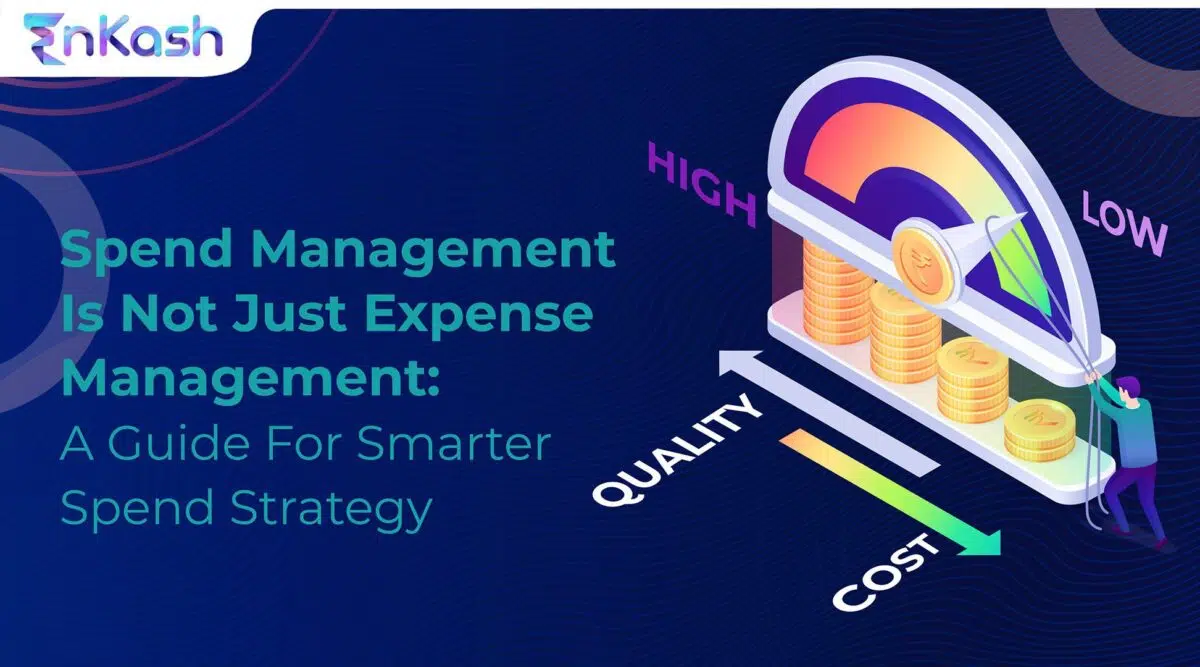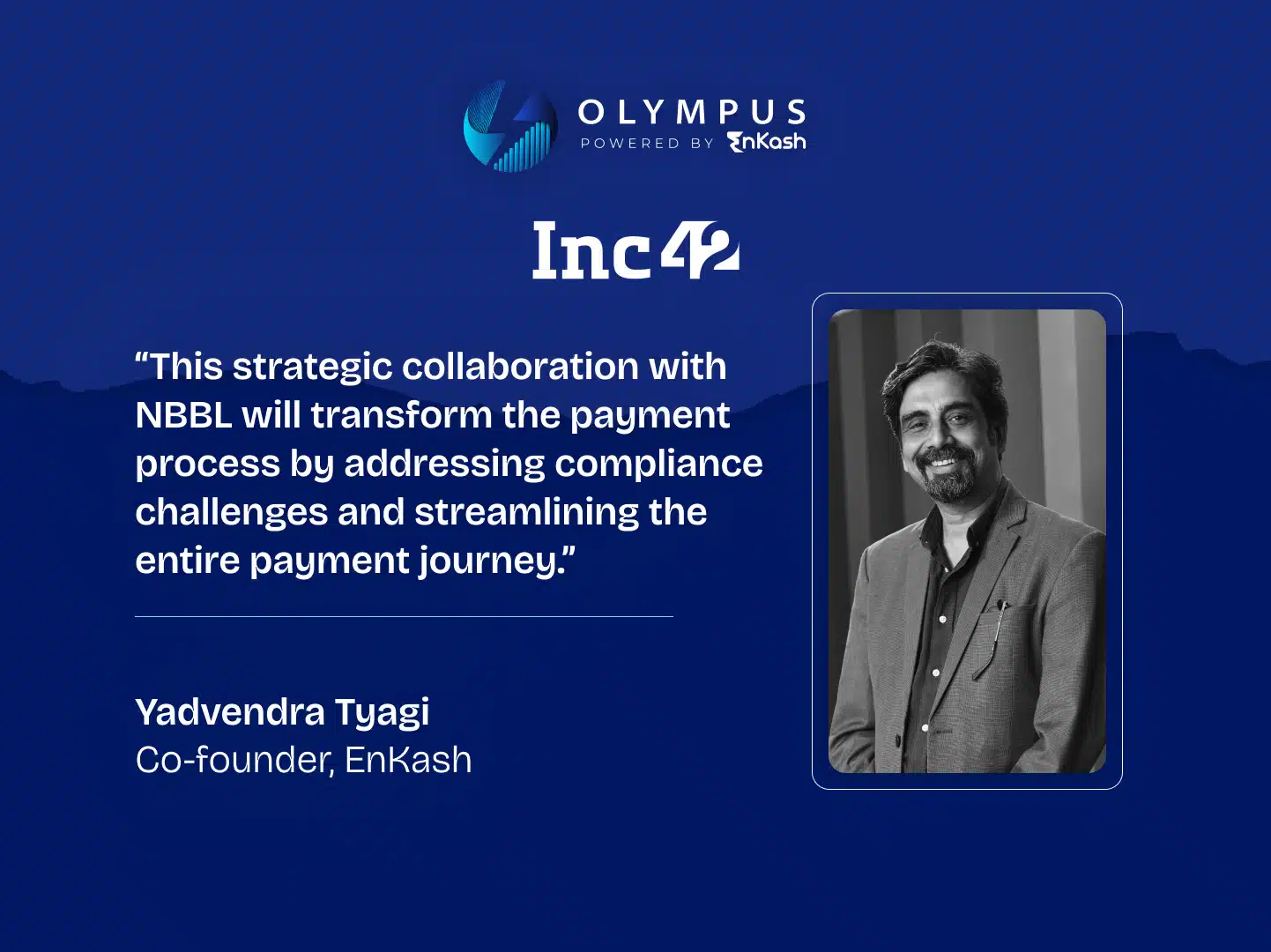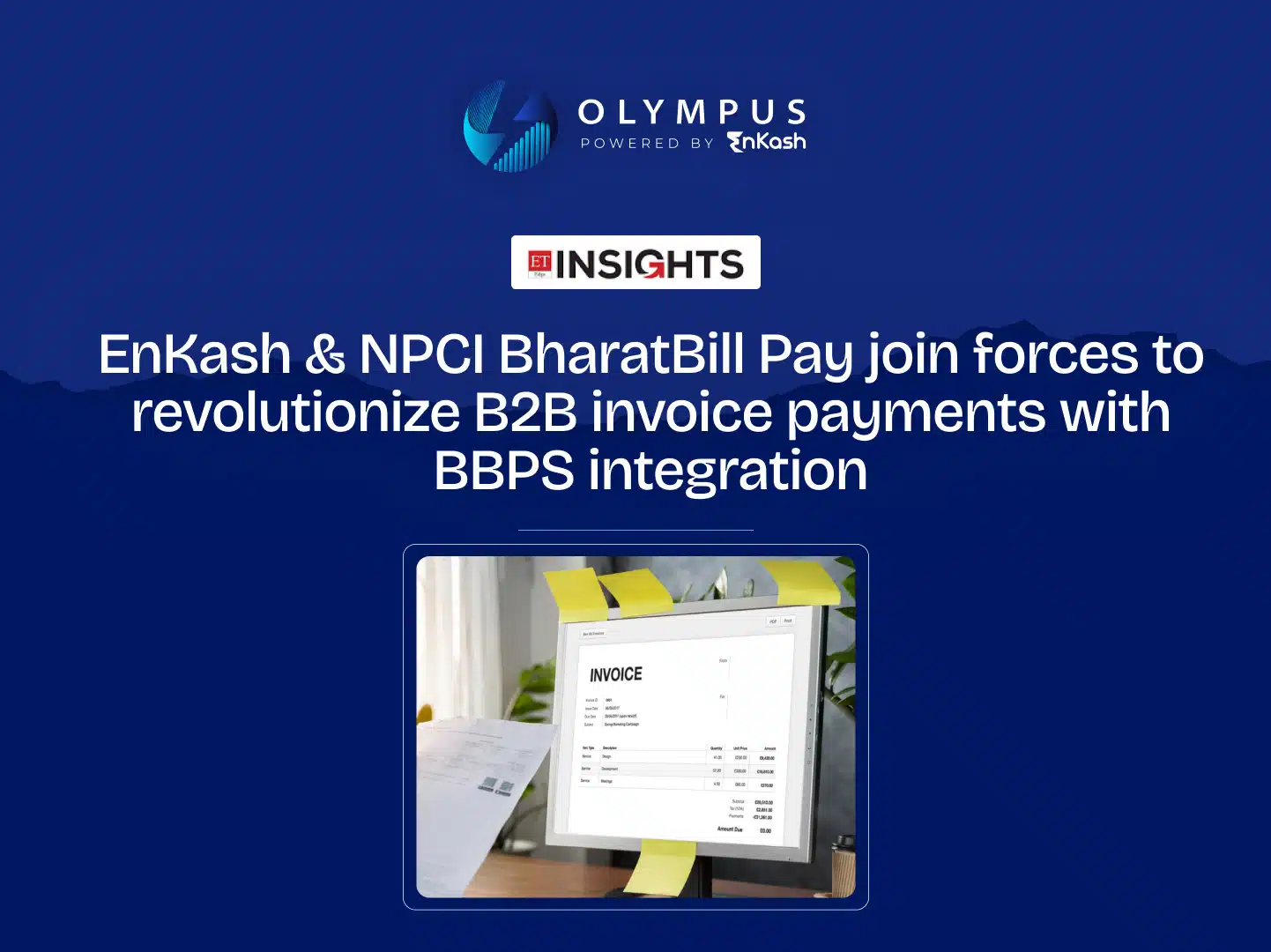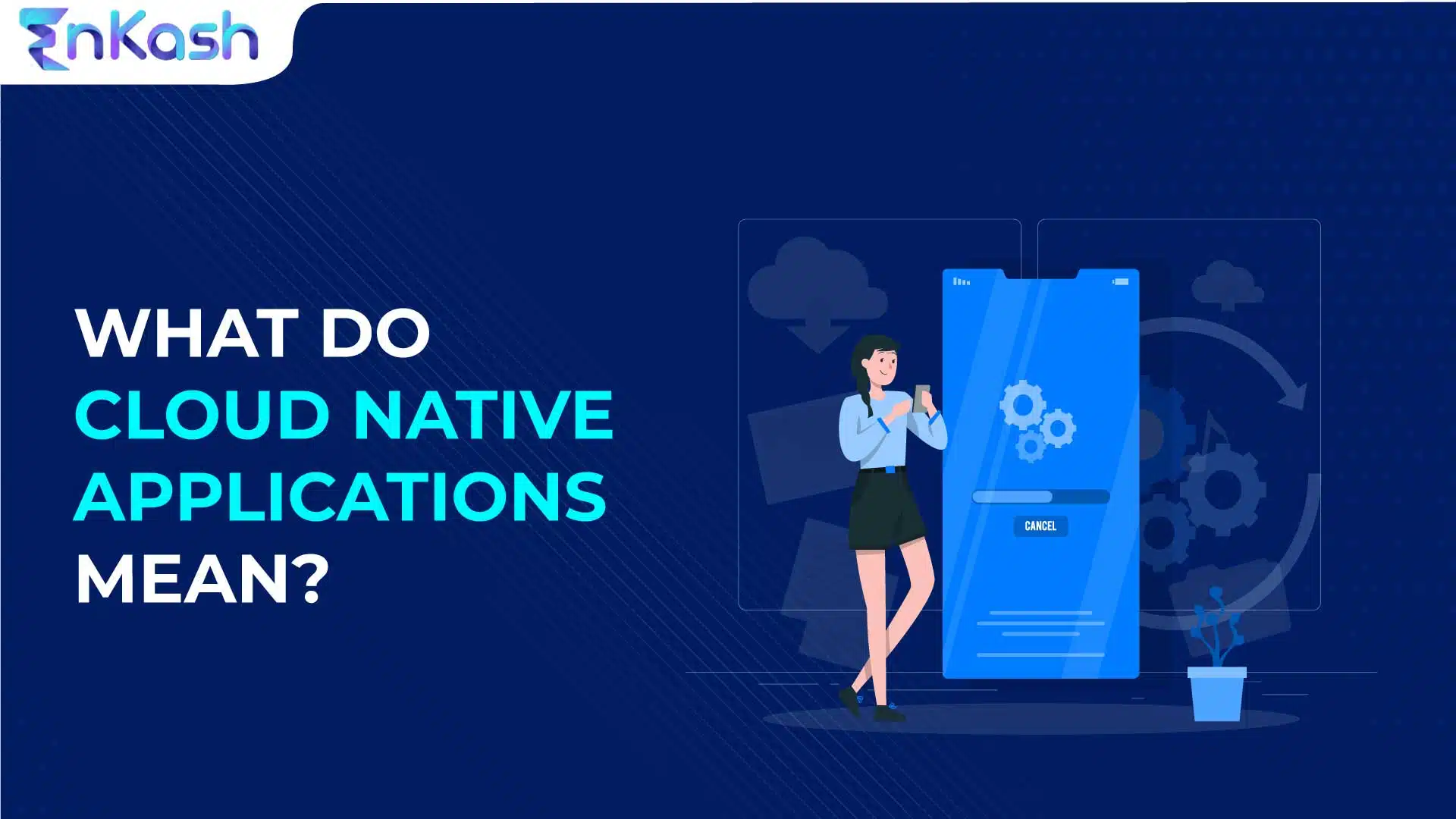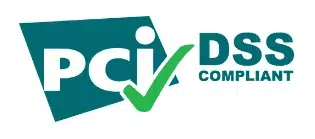Exploring Cloud Native Marvels: Revolutionizing Applications
In an era where digital transformation is redefining the business landscape, organizations are seeking innovative ways to leverage technology for enhanced agility and scalability. Among the many buzzwords that have emerged in recent years, “cloud native” has gained significant attention. But what does it mean? And why is it crucial for modern enterprises? In this blog post, we will delve into the concept of cloud native applications, explore their benefits, and understand how they differ from traditional cloud computing.
What is cloud native application?
A cloud native application is a software solution that is built, deployed, and operated with a specific focus on harnessing the power of cloud computing. It embraces a set of principles and practices that enable scalability, resilience, and rapid deployment in a cloud environment. Unlike traditional applications, cloud-native apps are designed to fully exploit cloud infrastructure and leverage cloud-native technologies to deliver optimal performance and flexibility.
How to build a cloud native app?
Building a cloud-native application requires adopting modern practices and technologies that maximize the benefits of cloud computing. Here are the key steps involved in cloud native development:
Microservices architecture
Break down the application into smaller, self-contained services, each responsible for a specific function. This modular approach enables independent development, deployment, and scaling of services. Communication between services typically occurs via lightweight protocols such as REST or message queues.
Containerization
Package each microservice and its dependencies into lightweight containers using containerization technologies like Docker. Containers ensure consistency across different environments and enable easy deployment, scaling, and portability. Containers also facilitate isolation, security, and resource efficiency.
DevOps practices
Embrace DevOps methodologies to streamline the development, testing, and deployment processes. Continuous Integration (CI) ensures that code changes are regularly integrated into a shared repository and automatically tested. Continuous Delivery (CD) automates the deployment pipeline, allowing for rapid and frequent releases. Automated testing, code reviews, and collaboration tools enhance team efficiency and quality assurance.
Infrastructure as code
Use infrastructure automation tools like Terraform or CloudFormation to define and manage the cloud infrastructure resources and configurations through code. Infrastructure as Code allows for reproducibility, scalability, and version control of the infrastructure, making it easier to manage complex deployments.
Observability and monitoring
Implement robust monitoring and logging mechanisms to gain insights into application behavior, performance, and availability. Tools like Prometheus and Grafana provide real-time monitoring, alerting, and visualization capabilities. Distributed tracing can be used to track requests across microservices, aiding in troubleshooting and performance optimization.
Benefits of cloud-native applications
Cloud native applications offer several advantages over traditional monolithic applications. Here are the key benefits:
Scalability
Cloud native architectures enable automatic scaling of individual microservices based on demand. Services can be replicated or scaled up or down, ensuring optimal resource utilization and cost efficiency. This scalability allows applications to handle high traffic loads and adapt to changing user demands.
Resilience and fault tolerance
By leveraging container orchestration platforms like Kubernetes, cloud native applications can be designed to automatically recover from failures. Containers can be restarted or rescheduled, and load balancing can be implemented to ensure continuous availability and fault tolerance.
Agility and faster time to market
The modular nature of cloud native applications allows for faster development, testing, and deployment cycles. Developers can work on independent services simultaneously, facilitating parallel development and reducing dependencies. This agility translates into quicker time-to-market for new features, enabling organizations to stay competitive in rapidly evolving markets.
Cost optimization
Cloud native architectures promote efficient resource utilization. By scaling services based on demand, organizations only pay for the resources they consume, avoiding unnecessary expenses. Containerization also allows for better resource allocation and density on shared infrastructure, optimizing costs.
Improved developer experience
Cloud native tools and practices promote collaboration, automation, and faster iteration. Developers can focus on writing code, while automated pipelines handle building, testing, and deployment. This streamlined workflow enhances developer productivity, satisfaction, and overall software quality.
Cloud native services
Cloud native services encompass a range of tools, technologies, and platforms specifically designed to support the development and operation of cloud native applications. Here are two key types of cloud native services:
Container orchestration platforms
Container orchestration platforms, with Kubernetes being the most popular example, play a vital role in efficiently managing and scaling containerized applications. Kubernetes automates various aspects of application deployment, scaling, and recovery, simplifying operations and ensuring high availability.
Key features of container orchestration platforms include:
Deployment automation
Container orchestration platforms automate the deployment process, allowing developers to define and manage application deployments declaratively using configuration files. This eliminates the need for manual intervention and ensures consistent deployments across different environments.
Scaling and load balancing
These platforms enable horizontal scaling of containerized applications by automatically creating or removing container instances based on resource utilization. Load balancing algorithms distribute incoming traffic across the available instances, optimizing performance and resource utilization.
Self-healing and fault tolerance
Container orchestration platforms continuously monitor the health of container instances and automatically restart or reschedule them in the event of failures or crashes. This self-healing capability ensures that applications remain resilient and highly available.
Service discovery and networking
These platforms provide mechanisms for service discovery, enabling applications to dynamically locate and communicate with other services within the cluster. Networking features like load balancers and ingress controllers allow for efficient routing of traffic to the appropriate services.
Serverless computing platforms
Serverless computing platforms, such as AWS Lambda or Azure Functions, provide a serverless execution environment where developers can focus solely on writing code without the need to manage infrastructure provisioning or scaling. Functions written by developers are executed on-demand in response to specific events or triggers.
Key features of serverless computing platforms include:
Event-driven execution
Serverless functions are triggered by events such as HTTP requests, database updates, or scheduled events. When an event occurs, the corresponding function is automatically invoked, allowing developers to respond to events in real-time.
Automatic scaling and resource management
Serverless platforms handle the scaling and resource management of functions transparently. They automatically provision and allocate resources based on the incoming workload, ensuring optimal performance and scalability without the need for manual configuration.
Pay-as-you-go pricing
Serverless platforms follow a consumption-based pricing model, where organizations only pay for the actual execution time and resources utilized by the functions. This cost-effective approach eliminates the need to pay for idle resources, making it ideal for applications with varying workloads.
Integration with cloud services
Serverless platforms seamlessly integrate with other cloud services and APIs, allowing functions to interact with databases, storage systems, messaging queues, and more. This integration capability enables developers to build sophisticated applications by leveraging various cloud resources.
These cloud native services provide developers with powerful tools and platforms to build, deploy, and manage modern cloud native applications. By utilizing container orchestration platforms and serverless computing platforms, organizations can achieve scalability, resilience, and operational efficiency in their cloud native journey.
How is cloud native different from cloud computing?
Cloud computing
Cloud computing refers to the practice of using remote servers hosted on the internet to store, manage, and process data. It involves accessing and utilizing computing resources, such as servers, storage, databases, and networking, over the internet. Cloud computing provides several benefits, including scalability, cost savings, and increased accessibility. It enables businesses to leverage infrastructure and services provided by cloud service providers (CSPs) on a pay-as-you-go basis.
Cloud native
Cloud native, on the other hand, is an approach to software development and deployment that fully embraces the capabilities of cloud computing. It involves designing, building, and operating applications with a specific focus on harnessing the power of cloud infrastructure. Cloud native applications are developed using a set of principles and technologies that enable scalability, resilience, and rapid deployment in a cloud environment.
In summary, while cloud computing focuses on utilizing cloud resources for various IT tasks, cloud native is an approach to application development that takes full advantage of cloud computing capabilities. Cloud native emphasizes microservices, containerization, automation, and scalability, resulting in more efficient, scalable, and resilient applications.
How can EnKash help you build a cloud native application?
At EnKash, we understand the complexities and challenges of modern application development. Our team of experts can guide you through the cloud native journey, leveraging cutting-edge technologies and best practices to build robust, scalable, and efficient cloud native applications that align with your business objectives.
At length!
Embracing cloud native applications is vital for organizations looking to maximize the benefits of cloud computing. Cloud native approaches offer scalability, resilience, agility, and cost optimization. By adopting microservices, containerization, DevOps practices, and infrastructure as code, businesses can build applications that fully harness the power of the cloud.
Partnering with experts like EnKash can provide valuable guidance throughout the cloud native journey. Their expertise in cloud native technologies enables the creation of robust and scalable applications tailored to specific needs. With cloud-native, organizations can drive innovation, enhance developer productivity, and ensure uninterrupted service availability.
Cloud native applications represent a mindset shift in software development, emphasizing scalability, fault tolerance, and resource efficiency. By understanding and embracing cloud native principles, organizations can position themselves at the forefront of digital innovation.
In conclusion, cloud native applications open up endless possibilities for organizations to build resilient, scalable, and cost-effective solutions. By adopting cloud native approaches, businesses can thrive in the digital era, delivering exceptional value and staying ahead of the competition. So, take the leap into the world of cloud native and unlock the true potential of your enterprise.
























